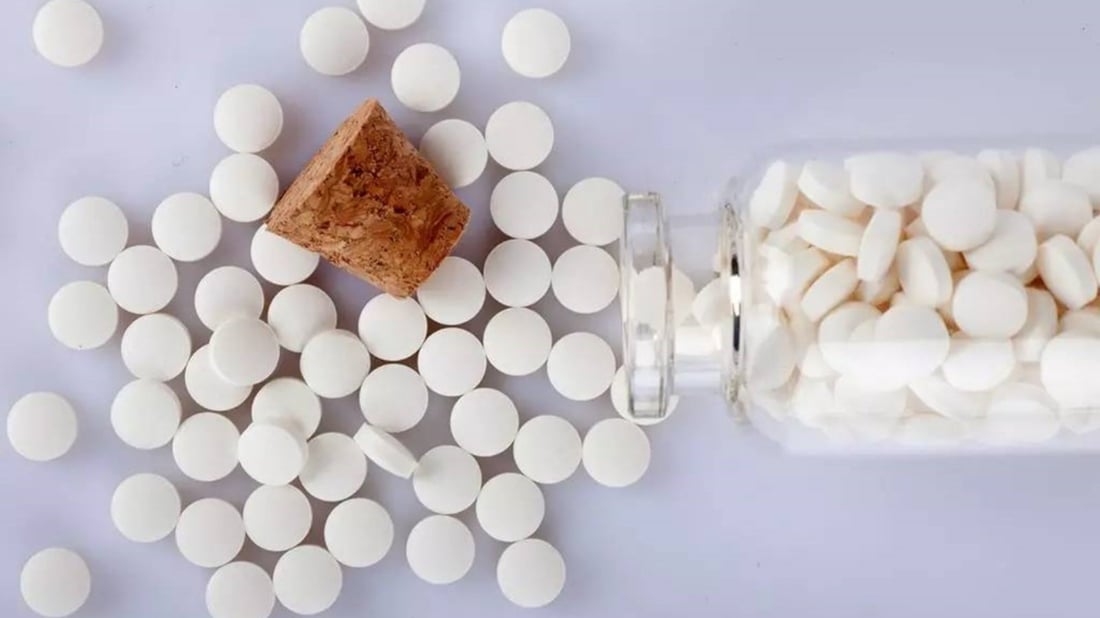The Mechanism of Action of Ravuconazole: An In-depth Analysis
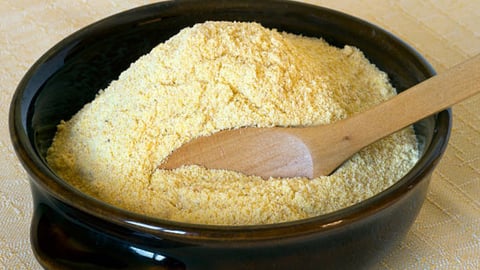
Ravuconazole is a broad-spectrum antifungal medication that belongs to the class of triazole drugs. It is primarily used to treat various fungal infections, including invasive aspergillosis and invasive candidiasis. Understanding the mechanism of action of ravuconazole is crucial in comprehending how it effectively combats these fungal infections and provides relief to patients. In this article, we will delve into the intricate details of ravuconazole's mechanism of action and its impact on the fungal cells.
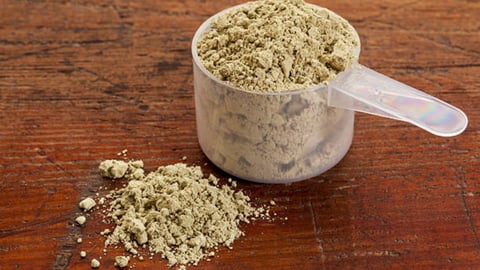
The Role of Ravuconazole in Fungal Ergosterol Biosynthesis Inhibition
One of the key mechanisms through which ravuconazole exerts its antifungal effects is by inhibiting the biosynthesis of ergosterol, an essential component of the fungal cell membrane. Ergosterol plays a crucial role in maintaining the integrity and functionality of the fungal cell membrane. By inhibiting the enzyme lanosterol 14α-demethylase, ravuconazole disrupts the conversion of lanosterol to ergosterol, leading to a decrease in ergosterol levels within the fungal cells.
Ravuconazole's Impact on Membrane Integrity and Functionality
The reduction in ergosterol levels has a profound impact on the fungal cell membrane's integrity and functionality. Ergosterol is responsible for maintaining the fluidity and stability of the cell membrane, and its depletion caused by ravuconazole leads to the accumulation of toxic sterols. This disruption compromises the integrity of the fungal cell membrane, resulting in increased permeability and leakage of essential cellular components.
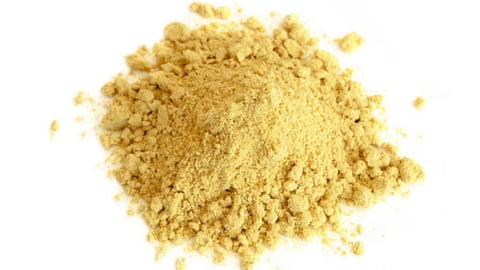
Impeding Fungal Growth and Replication
The compromised cell membrane of the fungal cells due to ravuconazole's mechanism of action hinders their ability to grow and replicate. This impairs their overall viability and reduces their ability to cause infections. Additionally, the accumulation of toxic sterols further contributes to the antifungal activity by interfering with vital cellular processes, such as membrane-bound enzyme functions and ion transport.
Ravuconazole's Impact on Fungal Cytochrome P450 Enzymes
Besides inhibiting lanosterol 14α-demethylase, ravuconazole also interacts with other fungal cytochrome P450 enzymes. These enzymes are crucial for various metabolic pathways within the fungal cells. By inhibiting these enzymes, ravuconazole disrupts essential cellular functions and metabolism, further impeding fungal growth and survival.
Ravuconazole's Role in DNA and RNA Synthesis Inhibition
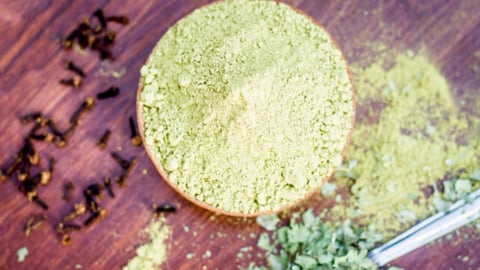
In addition to its impact on ergosterol biosynthesis, ravuconazole also interferes with the synthesis of DNA and RNA within fungal cells. It inhibits the activity of fungal enzymes involved in DNA replication and RNA synthesis, preventing the formation of vital genetic material necessary for fungal survival and propagation.
Combating Fungal Infections with Ravuconazole
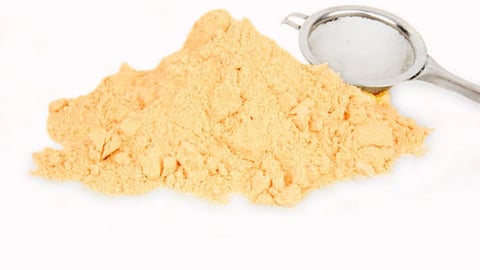
By targeting multiple aspects of fungal cell function, ravuconazole effectively combats various fungal infections. Its broad-spectrum activity makes it a valuable tool in treating invasive aspergillosis, invasive candidiasis, and other fungal infections that can be life-threatening, particularly in immunocompromised individuals.
Further Research and Development
As research on ravuconazole continues, scientists strive to enhance its efficacy and reduce potential side effects. The mechanism of action of ravuconazole provides a solid foundation for further investigation, potentially leading to the development of even more effective antifungal medications in the future.
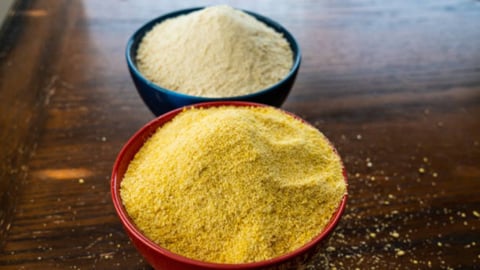
Ravuconazole is a member of the class of triazoles that is 1-butyl-1H-1,2,4-triazole in which the butyl group is substituted at positions 2, 2, and 3 by hydroxy, 2,4-difluorophenyl, and 4-(p-cyanophenyl)-1,3-thiazol-2-yl groups, respectively (the R,R stereoisomer). It exhibits antifungal activity by inhibition of 14alpha demethylase, an enzyme involved in sterol synthesis, resulting in lysis of the fungal cell wall and fungal cell death. (NCIO4) It has a role as an ergosterol biosynthesis inhibitor, an antifungal drug, an EC 1.14.14.154 (sterol 14alpha-demethylase) inhibitor and an antileishmanial agent. It is a member of triazoles, a member of fluorobenzenes, a tertiary alcohol, a member of 1,3-thiazoles and a nitrile.
We Can supply Ravuconazole API (CAS:182760-06-1 )and intermediates(CAS 170862-36-9 and 170863-34-0)with high quality and competitive price , please contact with us if you have any more concerns.

